Gallery: The Amazing Scorpion-Resistant Mouse
Predator Mouse
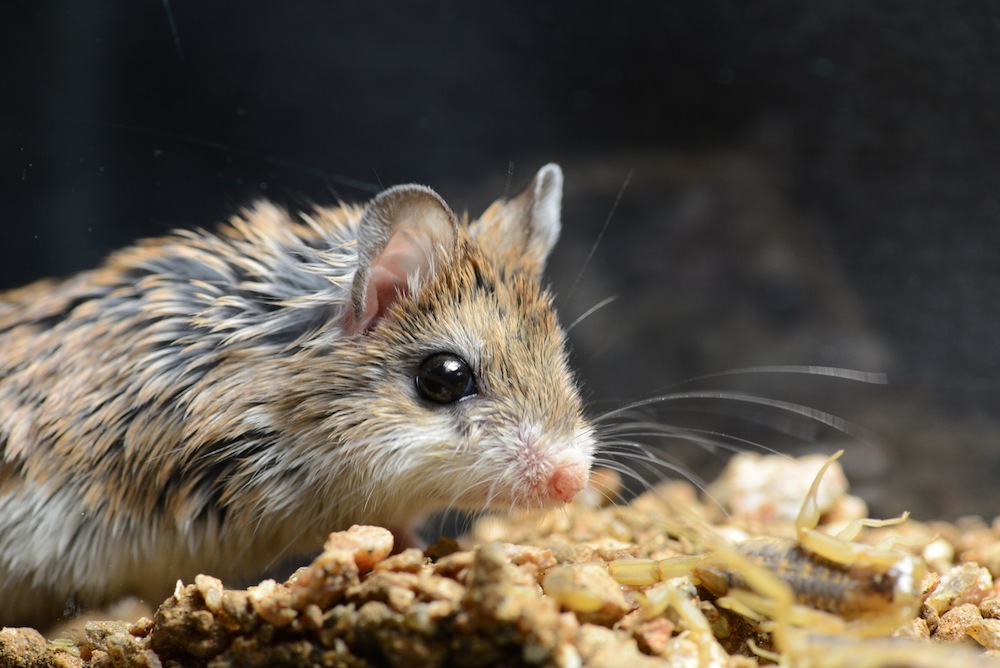
A southern grasshopper mouse ( Onychomys torridus) approaches and sniffs the Arizona bark scorpion ( Centruroides sculpturatus) that it has just killed.
Eating a Scorpion
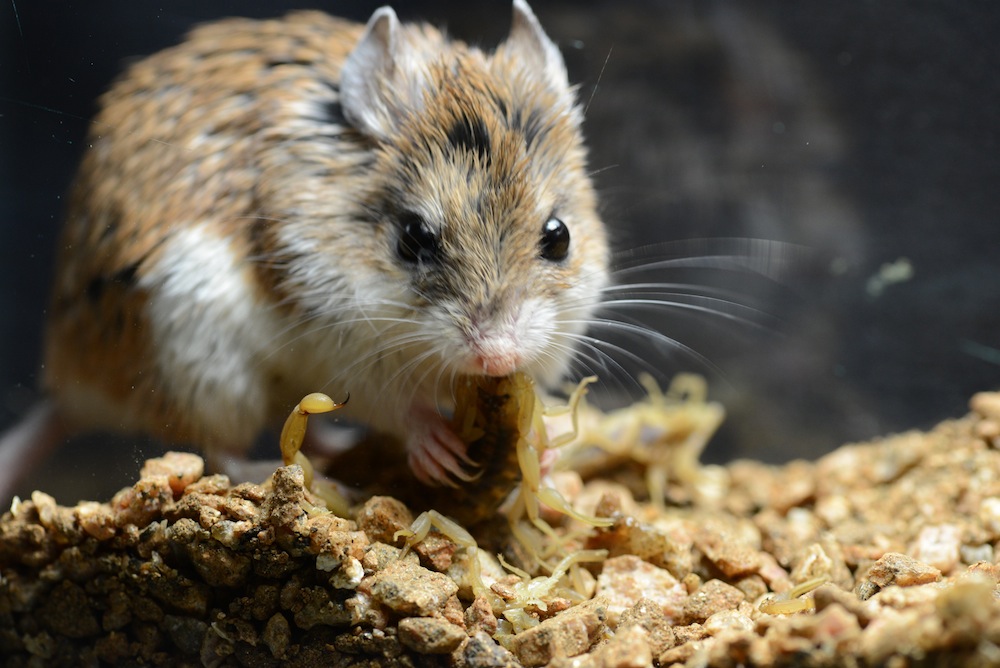
A southern grasshopper mouse eats the Arizona bark scorpions that it has just killed.
Scorpion Snack
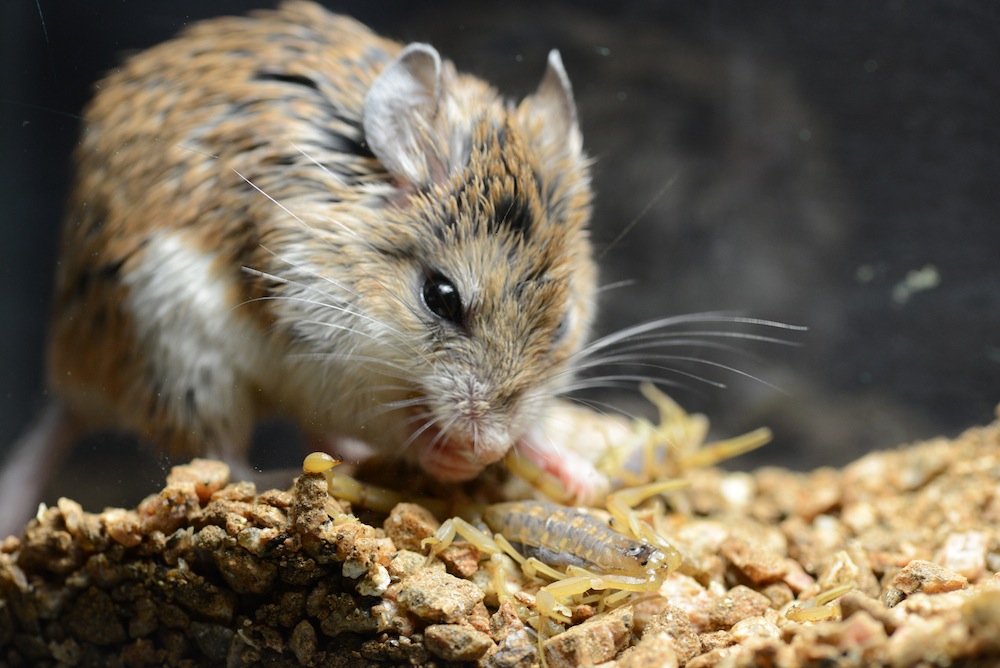
Grasshopper mice feel no pain from the venom of an Arizona bark scorpion.
Preparing to Attack
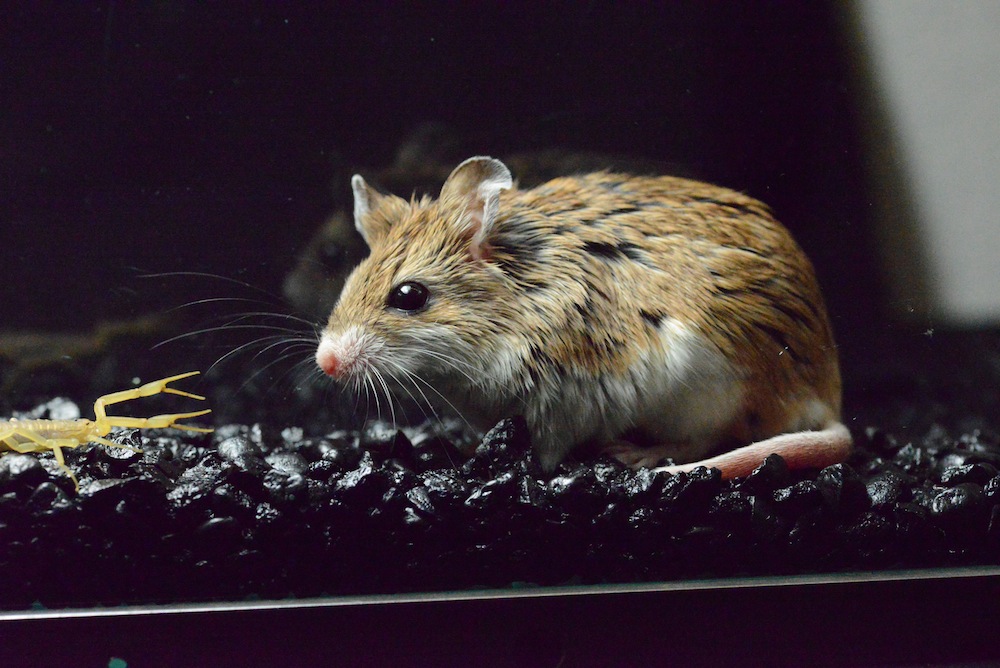
A face-off between a bark scorpion and a grasshopper mouse. The mouse has evolved so that the scorpion's venom blocks pain signals to the brain, preventing stings from hurting.
Mouse Attack
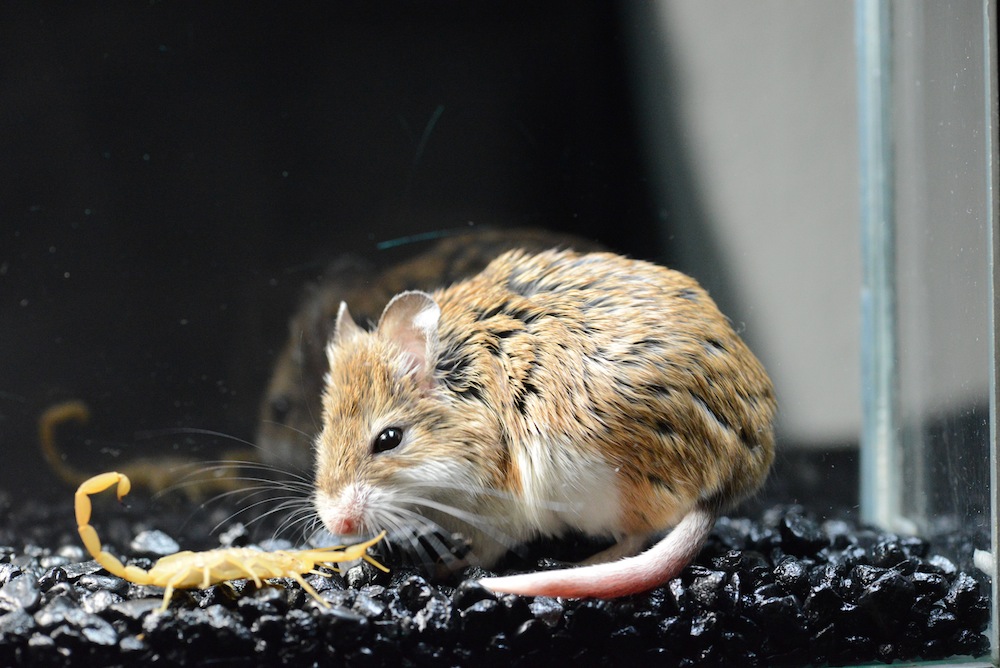
An Arizona bark scorpion prepares to fight as a grasshopper mouse approaches.
A Desert Duel
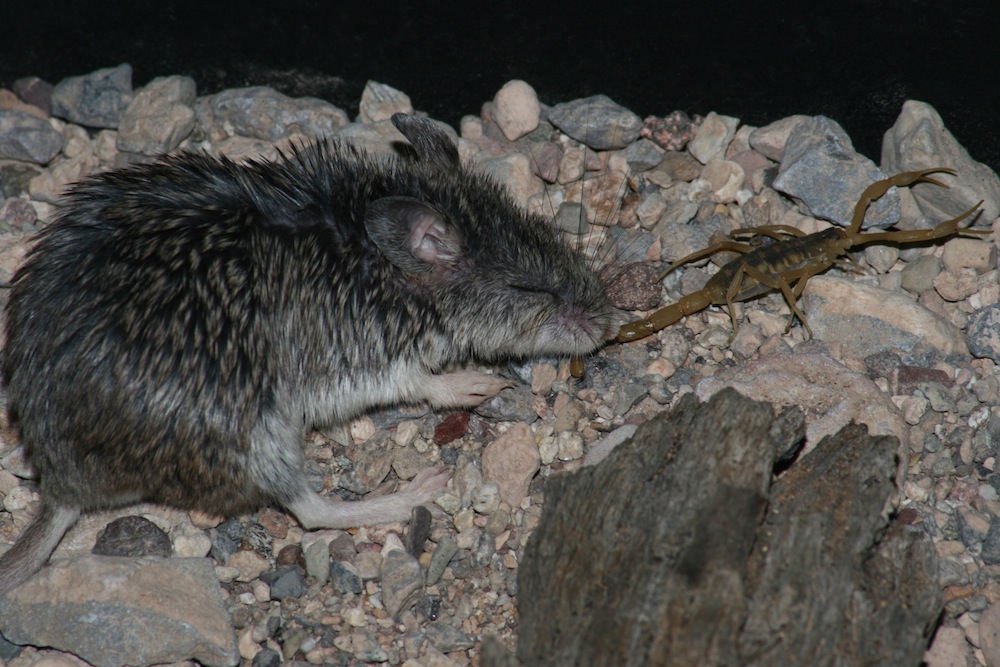
A Mearn's grasshopper mouse attacks a striped bark scorpion. Both species are close relatives of the souther grasshopper mouse and Arizona bark scorpion.
Successful Attack

A Mearn's grasshopper mouse eats a striped bark scorpion after a successful attack.
Get the world’s most fascinating discoveries delivered straight to your inbox.
Scorpion Treat
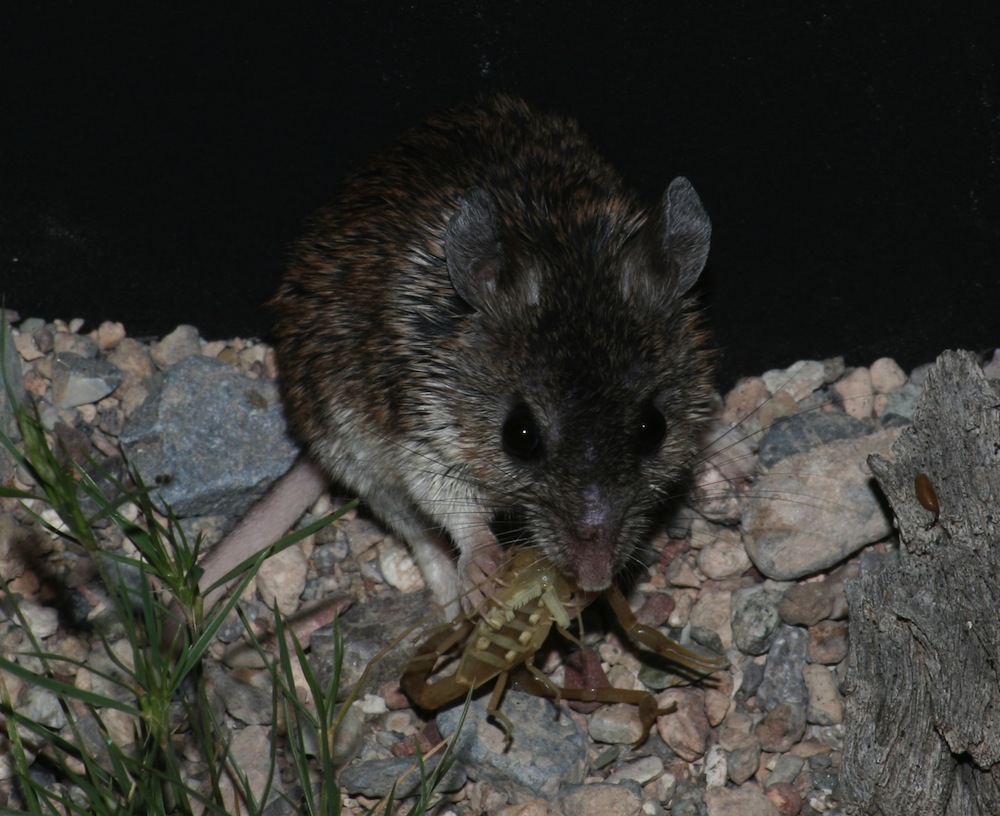
A grasshopper mouse with its prey, the striped bark scorpion.

Stephanie Pappas is a contributing writer for Live Science, covering topics ranging from geoscience to archaeology to the human brain and behavior. She was previously a senior writer for Live Science but is now a freelancer based in Denver, Colorado, and regularly contributes to Scientific American and The Monitor, the monthly magazine of the American Psychological Association. Stephanie received a bachelor's degree in psychology from the University of South Carolina and a graduate certificate in science communication from the University of California, Santa Cruz.


